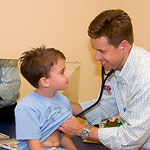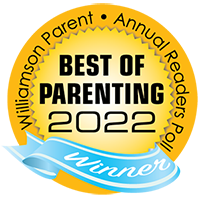Summer is over and school has started – and you may have noticed your kids coughing and sneezing up a storm. Don’t panic; they’re most likely experiencing simple fall allergies.
While spring is most commonly associated with hay fever and pollen allergies, the same problems are carried into the fall months.
As much as your children may try to convince you they are allergic to school, they are likely experiencing a problem with pollen.
Hay fever is the common term referring to pollen allergies and occurs when a person’s body tries to fight off microscopic grains of pollen. These are fairly harmless, but the immune system releases a chemical called histamine in response to these particles.
Histamine causes the body to experience strong and irritating symptoms in response to pollen particles, most of which are an effort to protect the body from this foreign material. Coughing and sneezing are designed to prevent pollen entry into the lungs, and the nose produces extra mucus for the same purpose. Watery eyes are the body’s attempt to flush particles away from these important organs. Fatigue is another common effect of allergic reactions, and serious allergies can lead to asthma attacks or anaphylaxis.
The most common cause of hay fever in the fall is ragweed. Ragweed refers to several types of flowering plants that grow all year long and are common throughout North America. Ragweed pollen is responsible for almost 75 percent of pollen allergies in the United States. A single plant can produce over a billion grains of pollen in a single season, most of which are dispersed through the air. Pollen grains are so prolific and dispersive that they have been found in the air above the ocean and over a mile in the sky.
To avoid ragweed pollen, most hay fever sufferers spend their time indoors, with the doors and windows shut and the air conditioning turned on. The constant filtering of the air can trap pollen grains and relieve mild symptoms, and some antihistamines are available over-the-counter to reduce these side effects. If you must venture outside to do yard work, consider wearing a surgical-style mask or taking antihistamines before getting started.
Limit your child’s outdoor time when the pollen levels are highest, and wash your hands and face whenever you come inside. To learn more about fall allergies and how to protect yourself from pollen, contact Pediatric Associates of Franklin.
The information and content on our website should not be used as a substitute for medical treatment or advice from your doctor.




